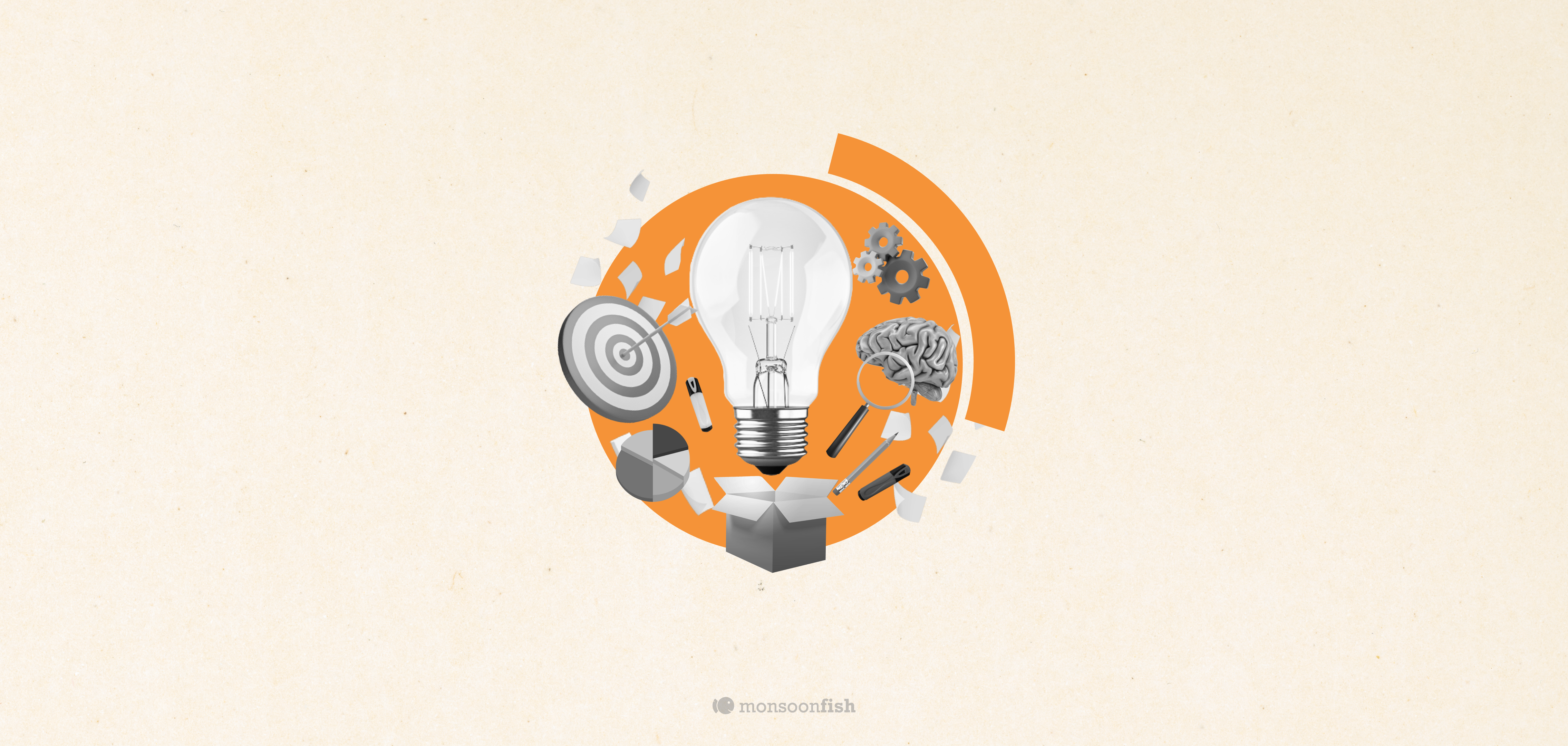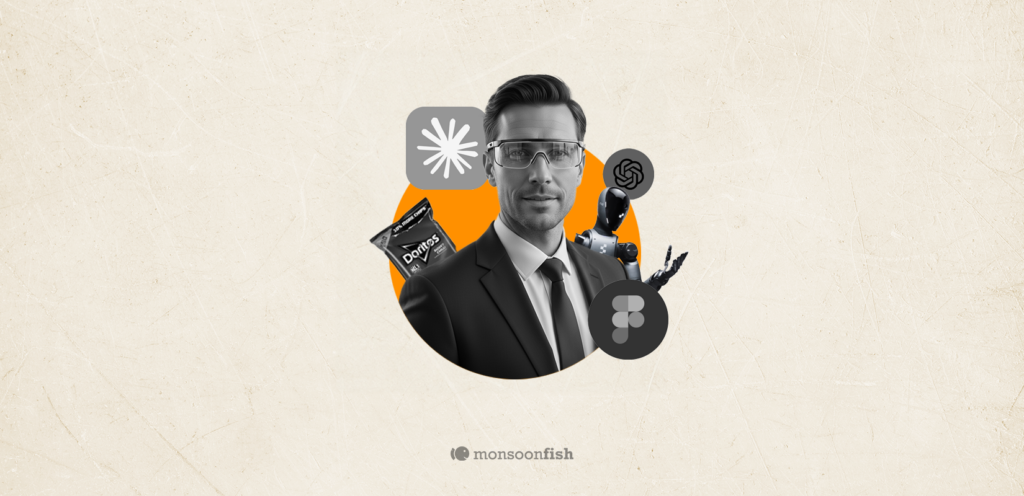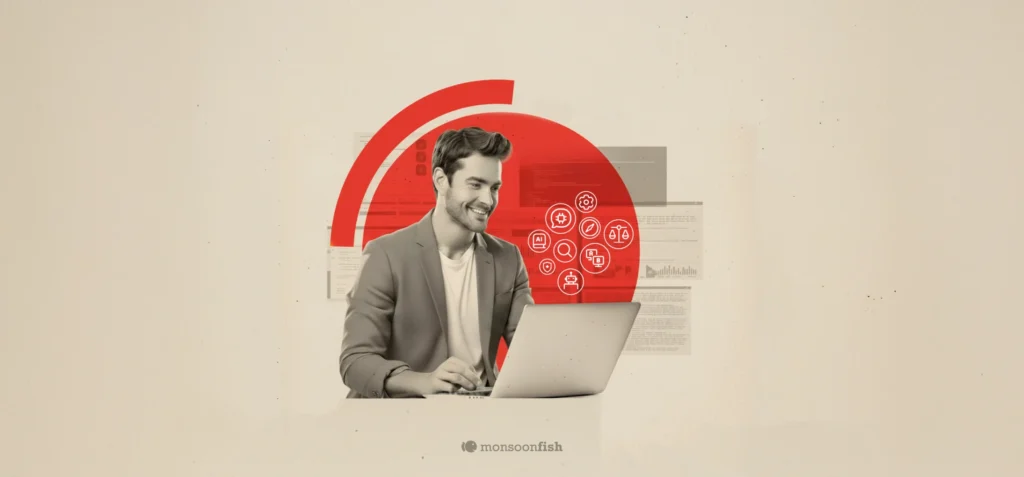Why Adopt the Design Thinking Process for Transforming Ideas into Solutions?
Nest Thermostats used design thinking to understand why people cranked up the heat when leaving the house (defeating the energy-saving purpose). Through user research, they discovered people did it to avoid returning to a cold house. Nest’s solution? A “learning thermostat” that programs itself based on your routine, saving energy without sacrificing comfort.

Ever had a fantastic product idea, but weren’t sure how to make it a reality? Many product owners and entrepreneurs face this challenge. Technical skills are a must, but understanding your users is what separates good ideas from great products.
This is where design thinking comes in. But what is design thinking? It’s more than just a fancy term for designers. By fostering empathy and prioritizing user needs, design thinking equips you to develop solutions that resonate with your target market.
The design thinking process is a structured approach that helps product owners and entrepreneurs bring their ideas to life. What initially emerged as an intuitive process developed by designers as a way to make aesthetically pleasing products has now matured into a rigorous methodology embraced across industries and organizations worldwide.
Here, we’ll explore the design thinking process, a step-by-step method that transforms creative vision into reality. Let’s begin the process of making your product vision a reality.
Driving Change through Design Thinking
From Healthcare to Media to Home Automation, businesses are leveraging this human-centric approach to tackle complex challenges and develop solutions that truly resonate with their target audiences.
For instance, Nest thermostats used design thinking to understand why people cranked up the heat when leaving the house (defeating the energy-saving purpose). Through user research, they discovered people did it to avoid returning to a cold house. Nest’s solution? A “learning thermostat” that programs itself based on your routine, saving energy without sacrificing comfort.
Design thinking isn’t just about physical products. Spotify exemplified this approach by addressing how people discover and listen to music. They found listeners wanted personalized experiences but were overwhelmed by choices. They created curated playlists and personalized algorithms, transforming the music industry and user engagement.
The iterative nature of design thinking fosters a culture of continuous improvement, ensuring organizations stay ahead of the curve and adapt to ever-changing user demands.
Understanding Design Thinking and Its Benefits
This user-centric approach emphasizes on understanding the lived experiences and motivations of target audiences. By employing empathy as a core principle, design thinking allows businesses to craft solutions that resonate deeply with their users, fostering increased satisfaction and loyalty.
The benefits of design thinking extend far beyond user empathy. Here’s how it empowers businesses to achieve strategic objectives:
- Fostering Innovation: Design thinking encourages a culture of curiosity and exploration, empowering teams to challenge assumptions and generate a wider range of ideas. This collaborative environment leads to the development of truly groundbreaking products and services that address evolving user needs.
- Enhancing User Experience: Design thinking places users at the forefront of the design process, ensuring solutions are intuitive, address real-world problems, and deliver a seamless experience. This translates to increased user adoption and brand loyalty.
- Encouraging Collaborative Problem-Solving: Design thinking thrives on diversity. By bringing together teams with a range of expertise and perspectives, it fosters a collaborative environment where everyone feels empowered to contribute.
- Achieving Competitive Advantage: In an increasingly competitive market, prioritizing user needs is critical for differentiation. Design thinking equips businesses to deliver exceptional experiences, build brand loyalty, and achieve sustainable growth.
Design thinking is more than just a methodology; it’s a strategic mindset that fosters innovation and empowers businesses to thrive in the user-centric future.
The Design Thinking Process: 5 Step Guide
Design thinking offers a step-by-step approach to understanding your users and building solutions they love. Let’s explore the key stages of this powerful process.
Empathize: Gaining Insights into User Needs
Effective designing comes from being able to empathize with your users. It’s not just about understanding what users want, but delving deep into their experiences, emotions, and motivations. Through techniques like observation, engaging conversations, and immersion, we step into their shoes and see the world from their perspective.
By truly empathizing with users, we gain insights that go beyond surface-level desires, revealing their underlying needs and aspirations. This empathetic understanding forms the foundation upon which the entire design process rests.
Define: Framing the Problem
The valuable insights gained from empathetically looking at the problem from the user’s point of view can be overwhelming and can make it confusing to decide from where to start. Thus, the next step is to convert this wealth of insights into a clear and actionable problem statement. This requires carefully sifting through all the observations and research and identifying the core challenges that users face. Crafting a well-defined problem statement is like sculpting, chiseling away the extraneous details until we’re left with the essence of the issue at hand.
An articulate and clear problem statement acts as our guide that leads us to meaningful and effective solutions.
Ideate: Exploring Solutions
This is the stage where we let our creative juices flow. We get our thinking heads together to collaborate with different perspectives and explore all the different ideas that come to the table. Brainstorming sessions become a breeding ground for innovation, where no idea is too wild or unconventional. By encouraging free thinking and embracing ambiguity, we uncover novel approaches and unexpected insights. We believe that ideation is not just about coming up with a number of solutions but a process to foster creativity and growth.
Prototype: Bringing Ideas to Life
This stage is the building step where all the ideas have to be translated into tangible prototypes. Here the capital of all these ideas generated in the brainstorming stage takes a physical form allowing us to actually interact with them in real- world situations. Through technical processes like sketching, wireframing, digital mock-ups, prototyping enables us to test the feasibility and usability of our concepts. The iterative nature of prototyping allows us to refine and evolve our ideas based on feedback, moving us closer to creating solutions that truly meet user needs.
Test: Refining Through Feedback
This is the final and a very crucial stage. Here we put our prototypes to test and get feedback from real users. Through user testing sessions and feedback mechanisms, we gather invaluable insights that inform further iterations and refinements. Testing is not merely a validation exercise but an opportunity to make continuous improvement through iteration. By listening to user feedback and observing their interactions, we fine-tune our designs to ensure they effectively address user needs and deliver meaningful seamless experiences.
The design thinking process is a holistic approach to problem-solving that places users at the center of the design process. By empathizing with users, defining their problems, ideating creative solutions, prototyping tangible concepts, and testing with real feedback, we create solutions that are not only functional but also delightful and meaningful. It’s a journey of exploration, innovation, and discovery that empowers us to create products and experiences that resonate with users on a deep and meaningful level.
Navigating the Iterative Nature of Design Thinking
Design thinking isn’t a linear process; it’s a dynamic cycle of learning, application, and iterative refinement. This cyclical nature ensures continuous improvement and a deep understanding of users, leading to the development of truly user-centric solutions.
By integrating design thinking into your problem-solving strategies, you move beyond traditional methods and delve into the “why” behind user behavior. This approach unlocks a multitude of benefits:
Design thinking prioritizes user research, providing invaluable insights into user motivations and pain points. This knowledge empowers you to create solutions that resonate deeply with your target audience.
Ready to Implement a Customized Design Thinking Solution?
Monsoonfish excels in providing cutting-edge design thinking services. We tailor our approach to your specific needs, guiding you through every stage of the process – from in-depth user research to the development of compelling prototypes and ultimately delightful user experiences. Let’s collaborate and transform your business through the power of human-centered design.
CATEGORIES





